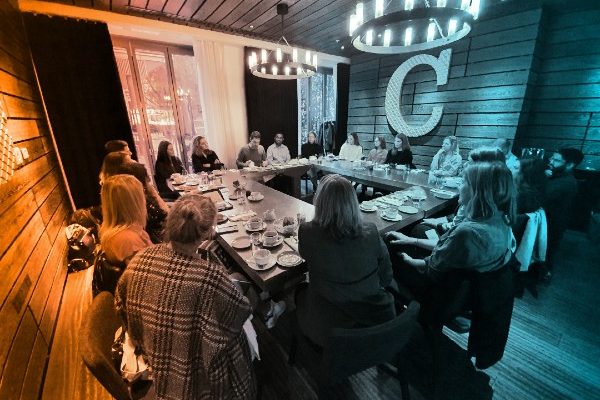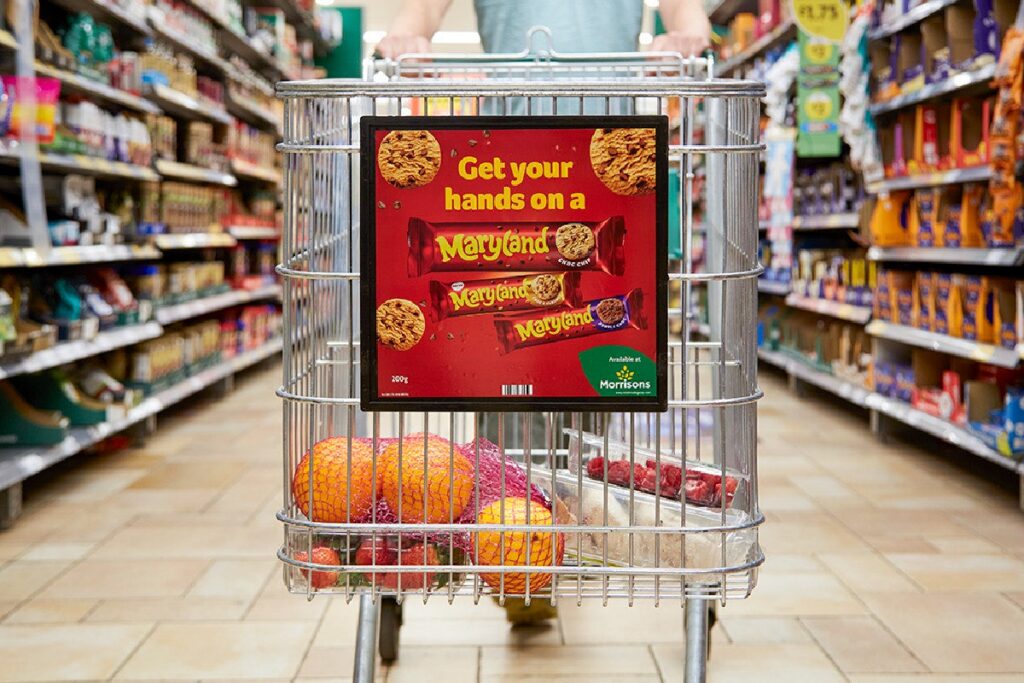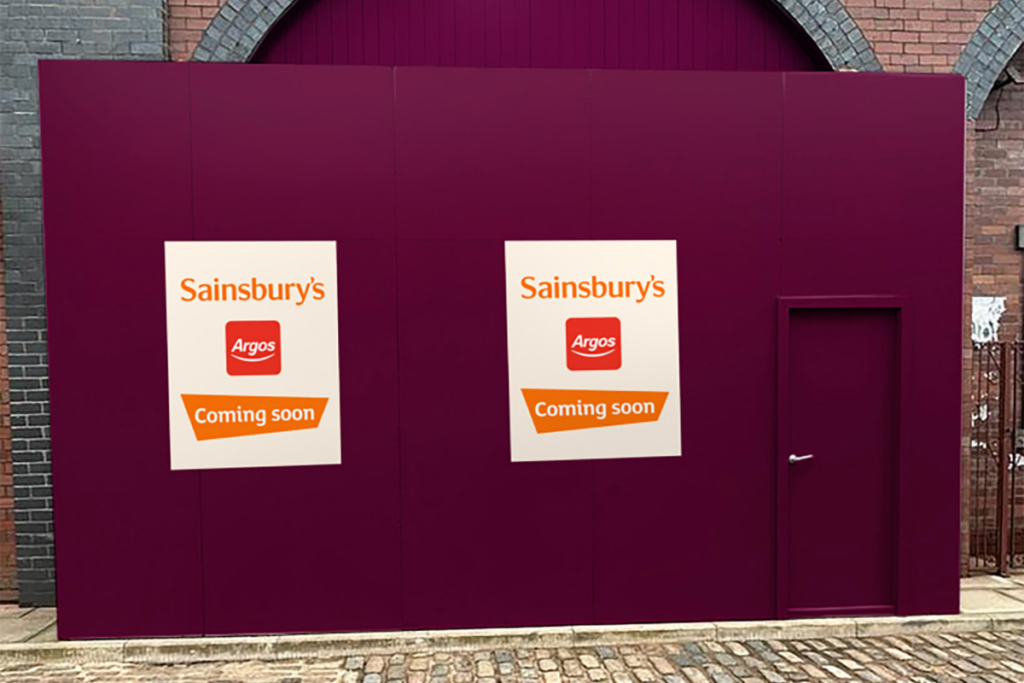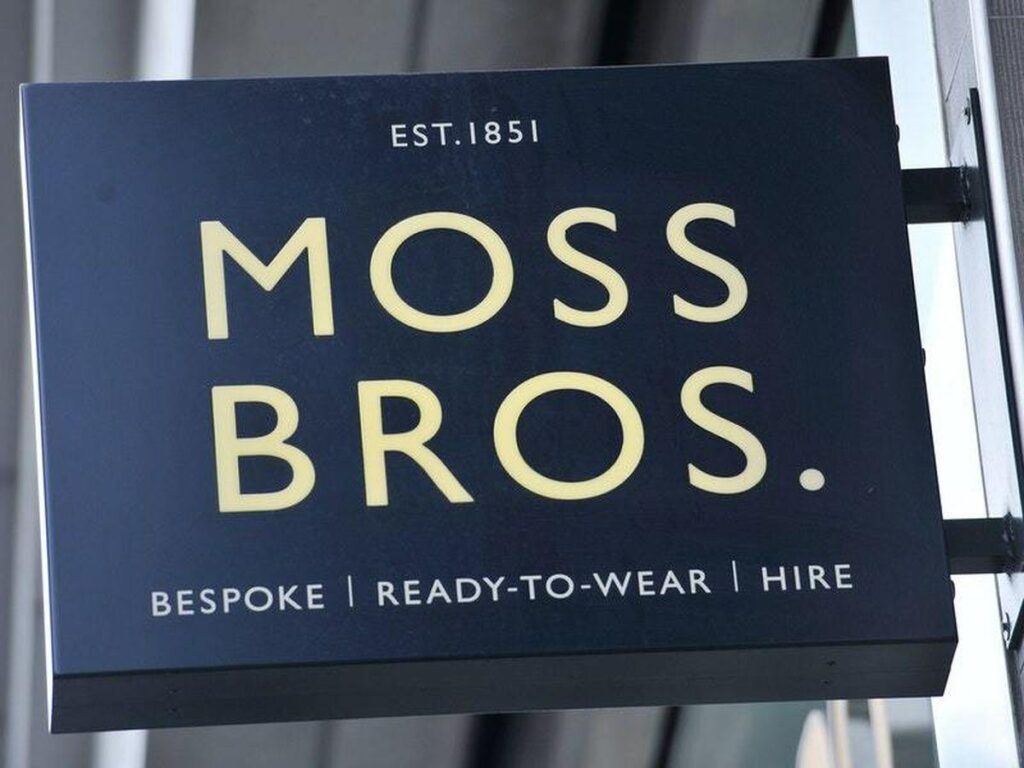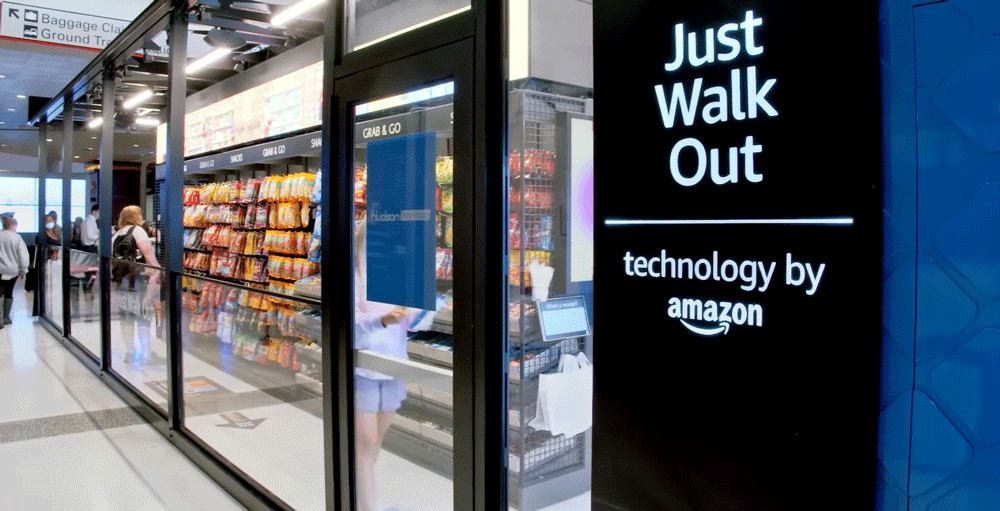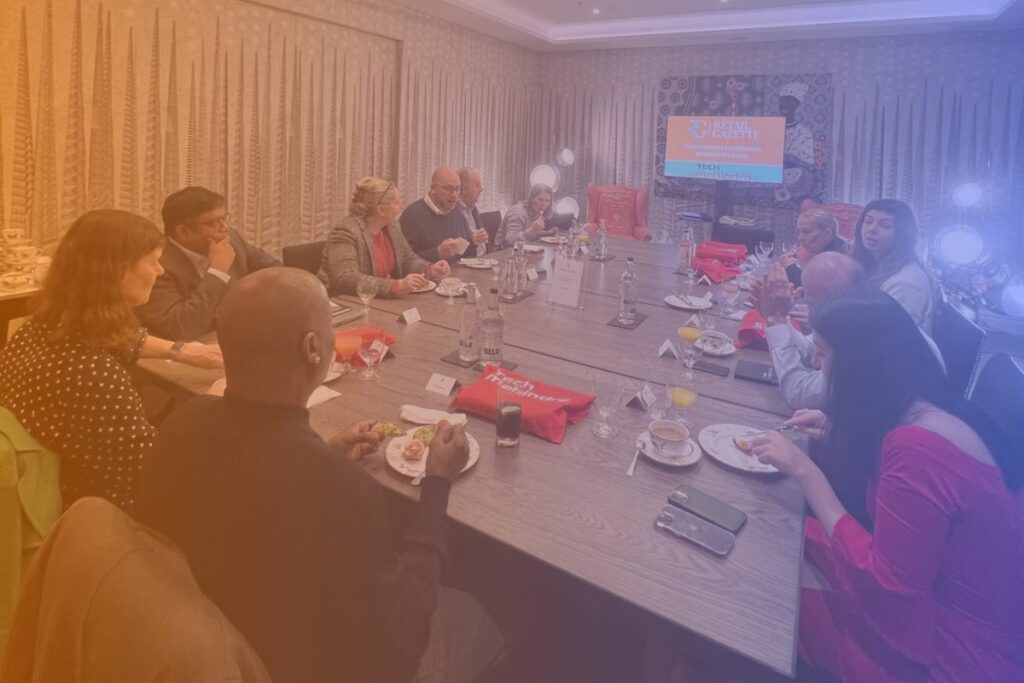Should retailers focus their efforts on attracting Generation Z – the demographic born between the mid-1990s and mid-2000s, which is set to represent a core consumer market over the coming decades – or ensure they tailor marketing to all?
Clearly it should be a bit of both to ensure retailers and brands are driving maximum spend from the greatest number of people – but they should ignore the younger demographic at their peril because this generation displays many new shopper characteristics likely to play a part in retail for years to come.
This concept was one key conclusion emanating from a roundtable hosted by Retail Gazette and Identity Marketing Platform provider, SheerID, in London on October 17, which focused on all aspects of digital customer communication and identity marketing.
Retailers in the room largely agreed they have certain tactics to tap into new, emerging consumer markets, but they were adamant success lies in tailoring messaging to the right people at the right time. Looking after your best customers was deemed essential.
Joining the debate were representatives from AllSaints, Dixons Carphone, Mango, Masai Clothing, Marks & Spencer, Papier, Music Ally, Percy & Reed, Upbeat Drinks, and WHSmith. It made for a varied and compelling debate over breakfast at Sea Containers restaurant on London’s south bank.
Making customers feel special
SheerID’s key solution is an online verification tool for retailers and brands, ensuring people looking to take advantage of offers – be it students seeking 25% off, or military or key workers redeeming respective discounts – are who they say they are.
Making this process as seamless as possible, and providing such offers in the first place, is a way of engendering loyalty in a brand. It is one form of personalised marketing, which is growing in sophistication as brands get a better grip on data analysis.
However, those around the table agreed that there is a right time to tailor marketing, and a right time to focus more on established age, gender, and social demographic marketing. Not every campaign is going to be highly personalised.
Sophie Bishton, global marketing director at Percy & Reed, a haircare brand, told delegates: “The skill of marketing is knowing when to make assumptions based on the demographics of those you’re targeting and when to use data to ensure you’re really targeted and personalised.
“The best brands and retailers will have a very layered approach to marketing – knowing when to use certain tools and tactics at the relevant times.”
The delegates also discussed “gated offers”, whereby people are encouraged to become customers by accepting exclusive offers available only to their group – be it teachers, seniors, students, or other market segments. Brands like Urban Outfitters, ASOS, Nike, T-Mobile, and Target are proponents of this form of identity marketing.
Bishton explained this type of approach as much more than just thinking about demographics like Gen Z, adding: “Making people feel special through your marketing and messaging often relies on focusing on who they are and how they behave, not how old they are – that’s crucial to remember.
“However, in today’s market, what people like and want changes so quickly, so many of the organisations are achieving a degree of success by locking people in with subscriptions, be it through annual delivery fees, credit deals, or other methods.”
Identifying your tribe
Success of companies such as Spotify, Netflix, and Amazon – via their pay-up-front services – is encouraging retailers to think about the power of subscription and locking people into a service. Retailers like Birchbox offer a customer an online subscription service, while the likes of Dixons Carphone, Next, and Shop Direct offer a growing array of credit facilities to help shoppers spread payments, which can subsequently help build longer-term consumer relationships.
There are multiple methods being explored by retailers to try and ensure consumer interactions are less fleeting, and more long-term. So-called tribal marketing comes into play here, where brands take action though their marketing and communication to appeal to a type of person, as opposed to a traditional social demographic.
Sophie Agar, marketing director at design-led stationery retailer Papier, commented: “We really can identify a tribe of consumers that follow us and spend their money with us.
“Whether it is those obsessed with the Bujo – or bullet journaling – trend, or people sharing their excitement about new stationery using the hashtag #stationeryaddict on social media, our customers are very dedicated to their hobby and like to talk about it online.”
This type of customer can be a key component in a retailer’s marketing mix. Whether they incorporate user-generated content into their own messaging, or reward the most loyal shoppers or those who hold online influence with like-minded consumers, retailers see significant value in identifying their respective “tribes”.
“Fostering a tribe that love the brand can be a powerful way of boosting word-of-mouth marketing,” Agar noted.
“Our tight-knit community of customers, who show such enthusiasm for stationery products, can really help promote our brand.”
Marketing multiplying
Margaret McDonald, who has held multiple senior roles in retail, including CEO of LK Bennett, managing director of Coast, and global president at Victoria’s Secret, argued that marketing has become more complex over time.
“Marketing teams within retail used to generate perhaps four key campaigns a year, but now there needs to be a greater volume of ideas spread across multiple platforms and channels – it might require 12 or 24 ideas to keep audiences attracted to your brand,” she said.
McDonald, who is now executive chair of Danish retailer Masai Clothing and non-executive director at Flying Tiger Copenhagen, told the roundtable: “One key thing to remember is not to obsess about one particular group of customers – you need to obsess about your brand.
“There seems to be a lack of loyalty these days, but customers will be loyal if you create real brand-consumer engagement.”
Sai Koppala, chief marketing officer at SheerID, who also took part in the roundtable, agreed marketing strategy is growing in complexity.
“Something goes from non-existent to top of mind in no time at all in the digital world we operate in,” he explained.
“The best retailers and brands are ensuring people buy into their brand values, while also offering a reward – be it special offers or first-chance-to-buy opportunities – for their most loyal customers or those who share their data and feedback.”
He added: “When brands invite shoppers to take advantage of personalised offers or treat them based on specific interests, an emotional connection and level of trust is created, which can deepen relationships and have long-term commercial benefits.”
Download the latest report to learn the power of marketing to consumer tribes.
Click here to sign up to Retail Gazette‘s free daily email newsletter

